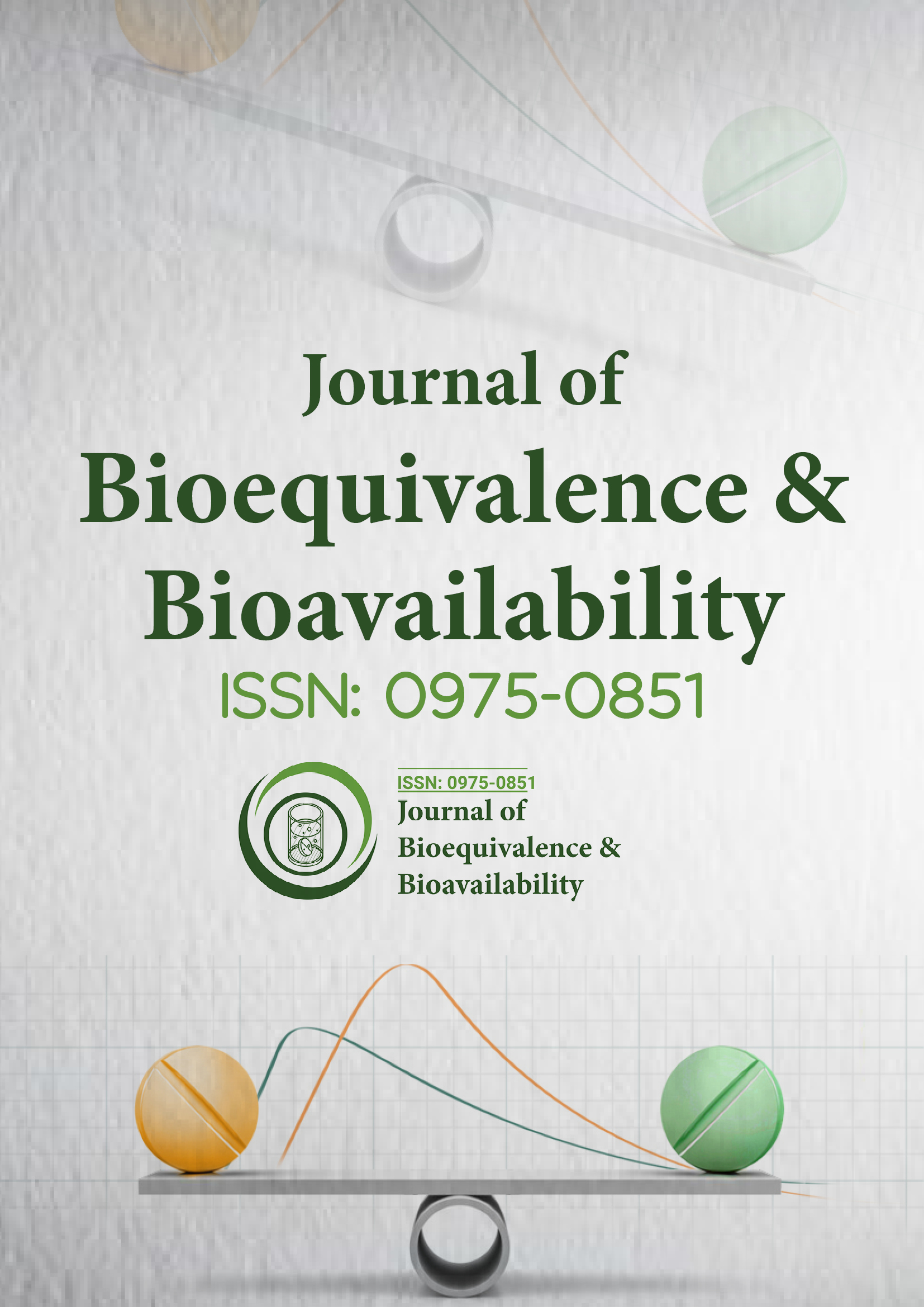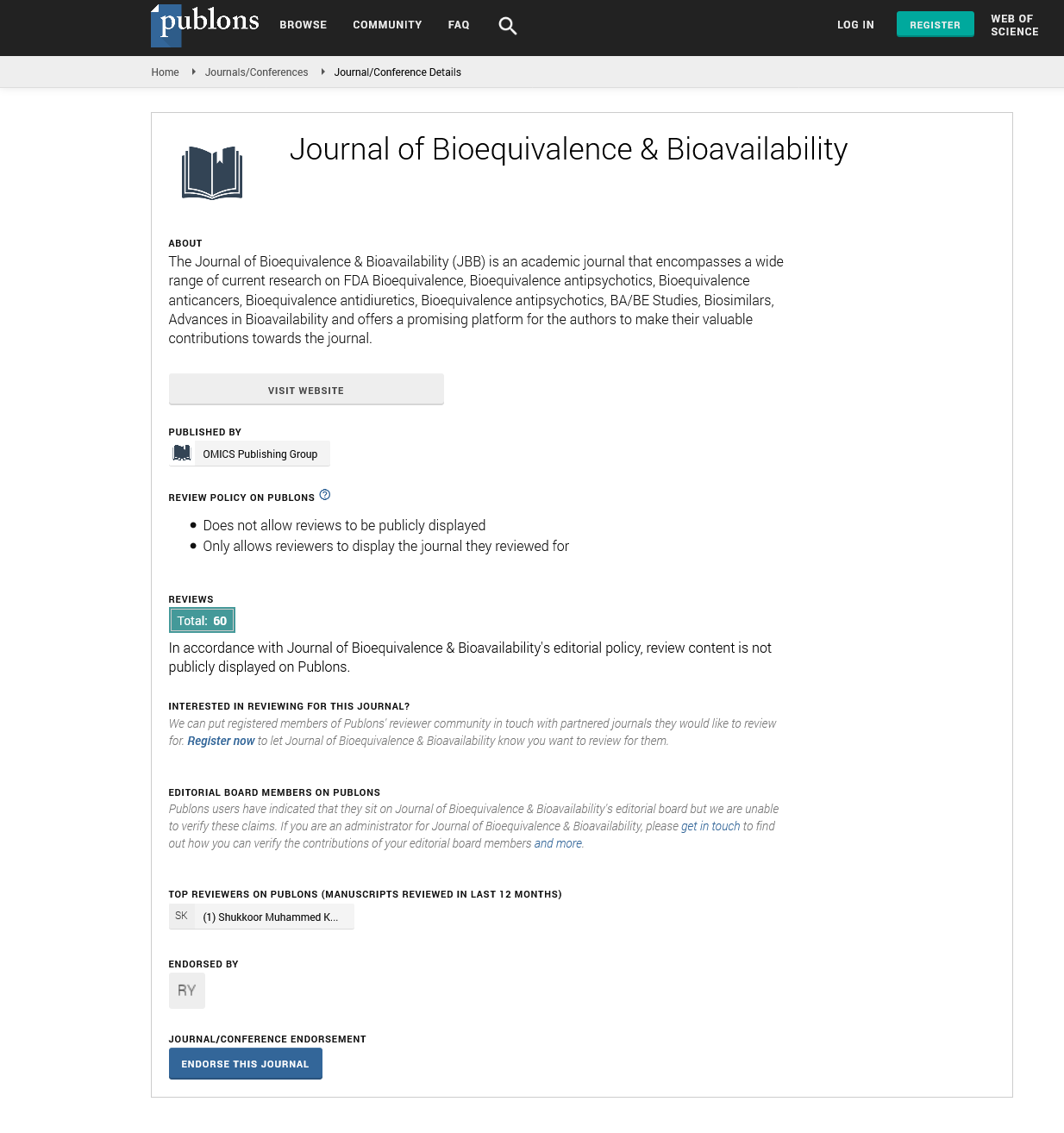Indexed In
- Academic Journals Database
- Open J Gate
- Genamics JournalSeek
- Academic Keys
- JournalTOCs
- China National Knowledge Infrastructure (CNKI)
- CiteFactor
- Scimago
- Ulrich's Periodicals Directory
- Electronic Journals Library
- RefSeek
- Hamdard University
- EBSCO A-Z
- OCLC- WorldCat
- SWB online catalog
- Virtual Library of Biology (vifabio)
- Publons
- MIAR
- University Grants Commission
- Geneva Foundation for Medical Education and Research
- Euro Pub
- Google Scholar
Useful Links
Share This Page
Journal Flyer

Open Access Journals
- Agri and Aquaculture
- Biochemistry
- Bioinformatics & Systems Biology
- Business & Management
- Chemistry
- Clinical Sciences
- Engineering
- Food & Nutrition
- General Science
- Genetics & Molecular Biology
- Immunology & Microbiology
- Medical Sciences
- Neuroscience & Psychology
- Nursing & Health Care
- Pharmaceutical Sciences
Abstract
The Effects of a Meal on QTc to Demonstrate ECG Assay Sensitivity in Phase I Studies
Jörg Täubel, Georg Ferber, Sara Fernandes, Ulrike Lorch, Mariano Sust and A John Camm
In December 2015, the International Conference of Harmonization (ICH) E14 guideline generated guidance on how exposure-response modelling can be used to characterise the potential for a drug to affect cardiac repolarisation and to modulate the QTc interval. The released Q&A document describes how data from Phase I ascending dose SAD and MAD studies can be used in the right circumstances to be accepted by regulatory bodies as an alternative approach to TQT to demonstrate cardiac safety. While this strategy is now being expanded to all new drugs, this alternative analysis has been extensively used in the past. This commentary discusses the results of a retrospective analysis where a concentration-effect analysis validated by meal effects on the ECG was applied to a Phase I study to investigate the PK, PD and safety of escalating single doses of a highly selective sigma1 receptor antagonist.

